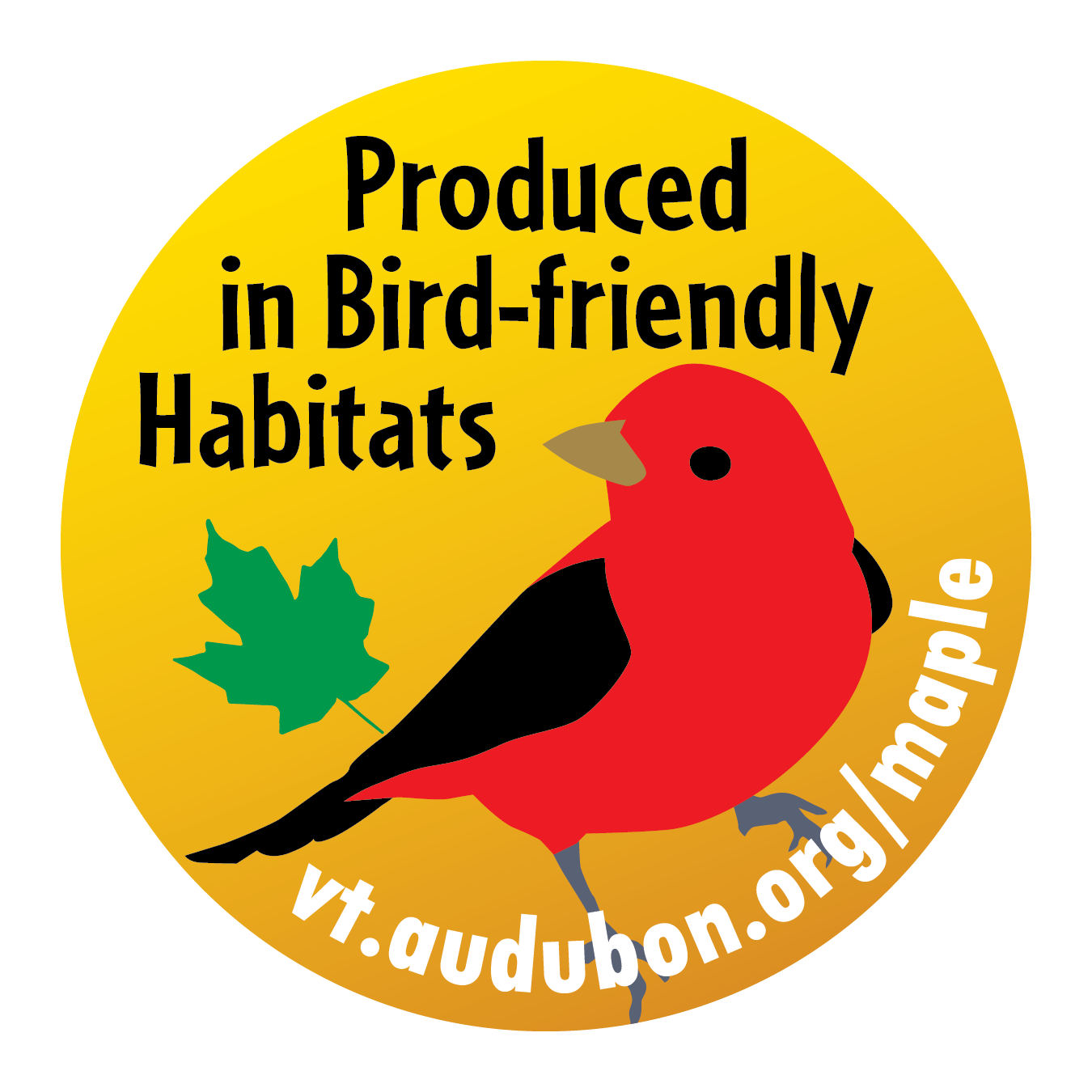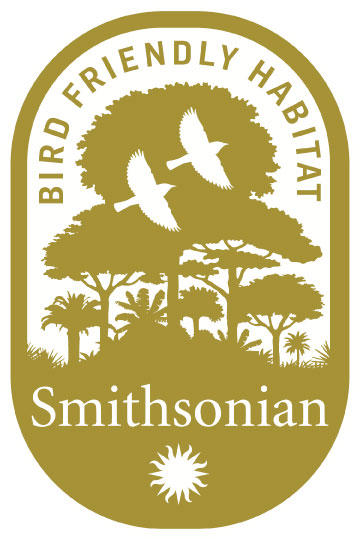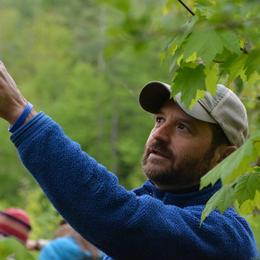As we get set to bid farewell to 2017 I can’t help but think back on the past year. It doesn’t seem all that long ago that I was visiting landowners and maple producers throughout the state, listening for nesting songbirds, and evaluating forest bird habitat. Now, skiing through the forest the bird community is markedly different from the spring and summer days of green and warmth. The flute-like “ee-o-lay” song of the Wood Thrush and emphatic “pleased-pleased-to-MEET-cha!” of the Chestnut-sided Warblers are gone. It’s much quieter out there with the few bird noises I hear coming from Hairy Woodpeckers tapping away on hardwood trees interspersed with the occasional “yank-yank” of Red-breasted Nuthatches. Upon returning from my ski tour I sit down with a hot cup of coffee sweetened with Vermont maple syrup and think about those migratory birds. Even though those birds are not here right now is there anything I can do to give them a little extra help?
Snowbirds
Contrary to why human “snowbirds” migrate in the winter, birds do not migrate because it is too cold for them. Birds are naturally insulated by their plumage (think down jackets). Those that stay here year-round may also put on extra fat, huddle together, seek out shelter in dense foliage or hollow tree cavities, and even drop their body temperature on very cold nights. Most birds can cope with the cold. The reason that birds migrate is often related to food availability. If they can’t find the necessary food for survival here (like insects, nectar, or fish) they need to go to where they can. Although there is an extreme expenditure of energy and high risk involved in traveling upwards of 4,000 miles to reach their wintering grounds, it’s worth it or they wouldn’t do it. Let’s take a look at the migration story of one of Vermont’s neotropical migrant forest bird species, the Black-throated Green Warbler.
Sweet Summer
From spring through late summer Black-throated Green Warblers can be found in our mature forests with coniferous tree species (eastern hemlock, red spruce, etc.). My observations while assessing sugarbushes through the Bird-Friendly Maple Project also indicate these working forests are also likely to provide nesting habitat for this bird if a diversity of tree species, including conifers, are present. In Vermont they feed mostly on insects, with butterfly and moth caterpillars comprising a large proportion of their diet. In the winter Vermont in is not where you want to be if you’re looking for caterpillars to eat. A solution to this problem is to travel to warmer climes where these food items, and others like them, are easily found. For Black-throated Green Warblers the warmer climes are found in Central America.
A Cup of Joe
On their warmer wintering grounds Black-throated Green Warblers seek out the canopy of mature montane oak and oak-pine forests. According to the Smithsonian Migratory Bird Center, it also turns out that they are also common in bird-friendly coffee plantations. Why? Conventional coffee production today often entails the clearing of forests to grow shrub-like coffee plants in full sun. Bird-friendly coffee is shade-grown in diverse forest ecosystems. In these coffee plantations Black-throated Green Warblers and many other bird species are able to find the habitat structure and native insect food sources that sustain them until they take flight for the breeding grounds of the northeast US in the spring.
The Coffee/Maple Connection
Birds never cease to amaze me. They weigh mere ounces and yet fly thousands of miles each year traveling between their wintering and breeding grounds. Upon arrival at their northern breeding grounds they miraculously return to the same place each year to find a mate, build a nest, and hopefully fledge the next generation from the nest. This is an annual cycle full of challenges, from predation to habitat loss and the effects of climate change.
Our choices as consumers of coffee and maple syrup give us a chance to participate in bird conservation. It is a unique situation when a bird species, such as the Black-throated Green Warbler, can connect us to other parts of the world through products that many of us enjoy daily or with some regularity. This holiday season (and all year round) consider giving the gift of coffee and maple syrup produced in bird-friendly habitats. Look for the labels. If your local grocery store or coffee shop doesn’t carry these products yet, request that they do. You’ll be doing your part for the birds, you’ll support the people that produce these delicious food items, you’ll bring a smile to the lucky recipient of the gifts, and you will feel good about all of it!
For more information on bird-friendly maple please visit http://vt.audubon.org/conservation/bird-friendly-maple-sugarmakers. Learn more about the Smithsonian Migratory Bird Center’s bird-friendly coffee program by going to https://nationalzoo.si.edu/migratory-birds/bird-friendly-coffee









